Smashed at the Weekend #10
Dining, cooking and drinking and not a Valentine in sight
Something to eat: The Grill by Tom Booton
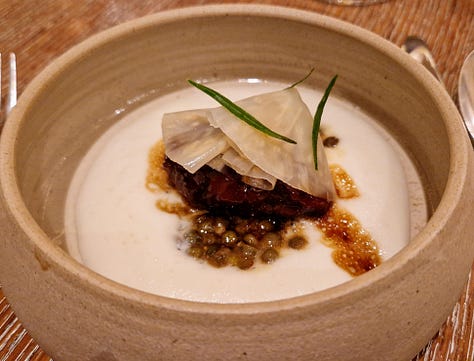
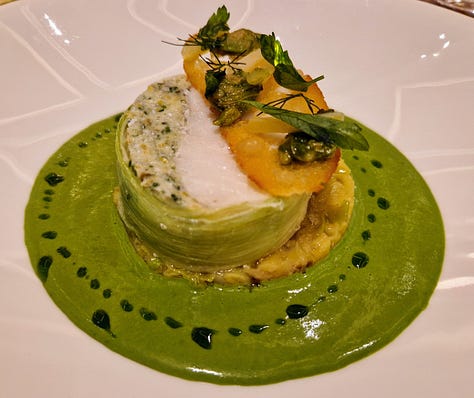
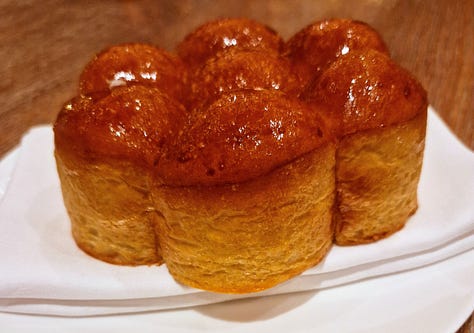
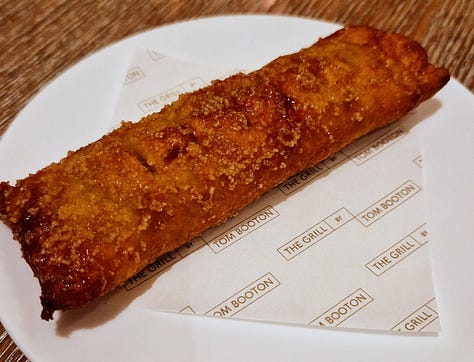
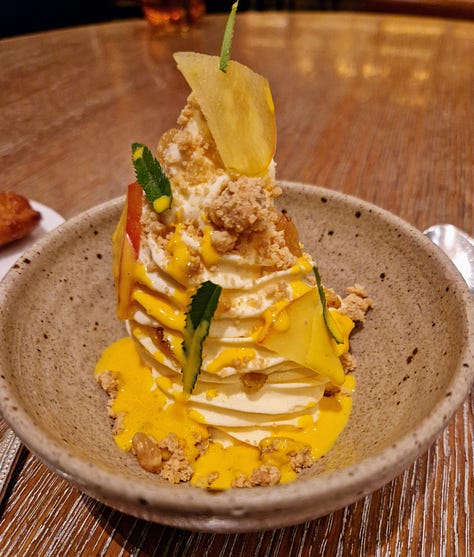
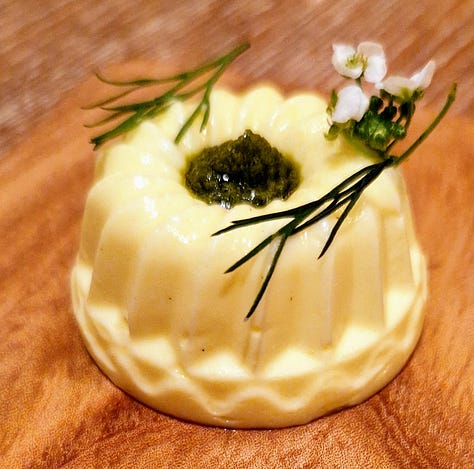
I had been planning to return to the Dorchester Grill ever since Tom Booton was appointed head chef at the tender age of just 26 in 2019. A new version of the restaurant's set lunch menu, details of which were posted by Booton on his Instagram account in January was all the excuse I needed to book.
The last time…
Keep reading with a 7-day free trial
Subscribe to Smashed to keep reading this post and get 7 days of free access to the full post archives.


